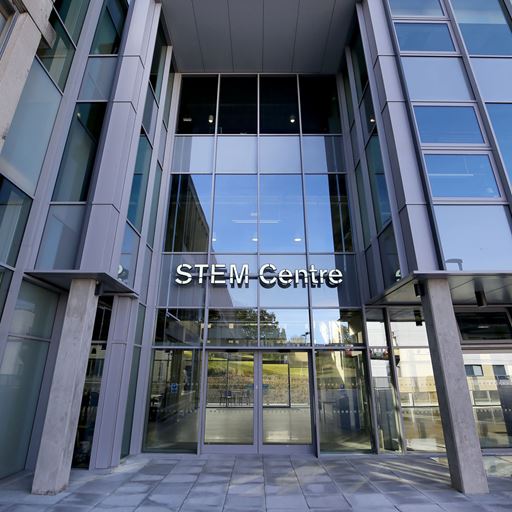How is your new home within the STEM an improvement on your old home?
At last, after much planning and waiting the School has a modern teaching laboratory, which will allow us to run all of our undergraduate practicals and Masters classes ranging from biotechnology and biochemistry to marine biology. We have bags more room, we have lots of new equipment (eg our brand new digital microscopes) and our demonstration and audio-visual equipment and displays. We have less practical shifts because we can accommodate more of our students in a single class.
How will having a science hub in Square 1 at our Colchester Campus benefit your students and staff?
Students in the Faculty of Science and Health have a new home, with our own meeting spaces and exhibition space. We hope this means that students from each of our departments will mix more and learn from each other in the innovative communal spaces we have.
Will the hub help promote STEM subjects to new students? Especially female students?
Our new teaching laboratory is the centre for all of our demonstration and meeting places for students on Open Days and Visit Days. It has allowed us to put on more displays such as a photographic exhibition as our School’s contribution to Women in Science –we have three of our female students (the only students –no males) who went on an Arctic expedition to study climate change and ecosystem. In the photo of them they all have rifles slung over their shoulders because of the polar bears!
Can you tell us about your vision for Life Sciences at Essex?
Life Sciences in the 21st century are changing at a breathtaking pace and the School is constantly innovating to get all these new developments into our practical teaching as soon as is practicable. For example, we hope our first year biomedical science students will be sequencing the human genome in their practical in the Spring Term using a Star Trek type hand held device costing about £13,000 each. Five years ago only a few research laboratories did this type of work. Having all the computers we could need in the same building is fantastic because every biology student has to be familiar with using computers and we have all of this with our new teaching laboratory under one roof. It couldn’t be better!






